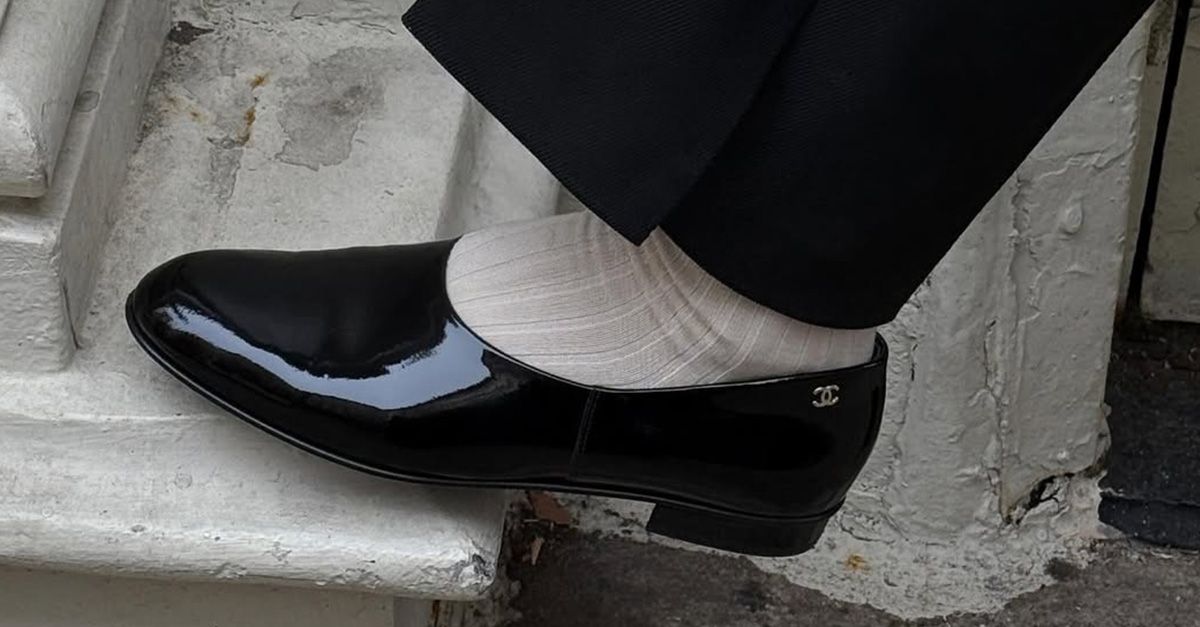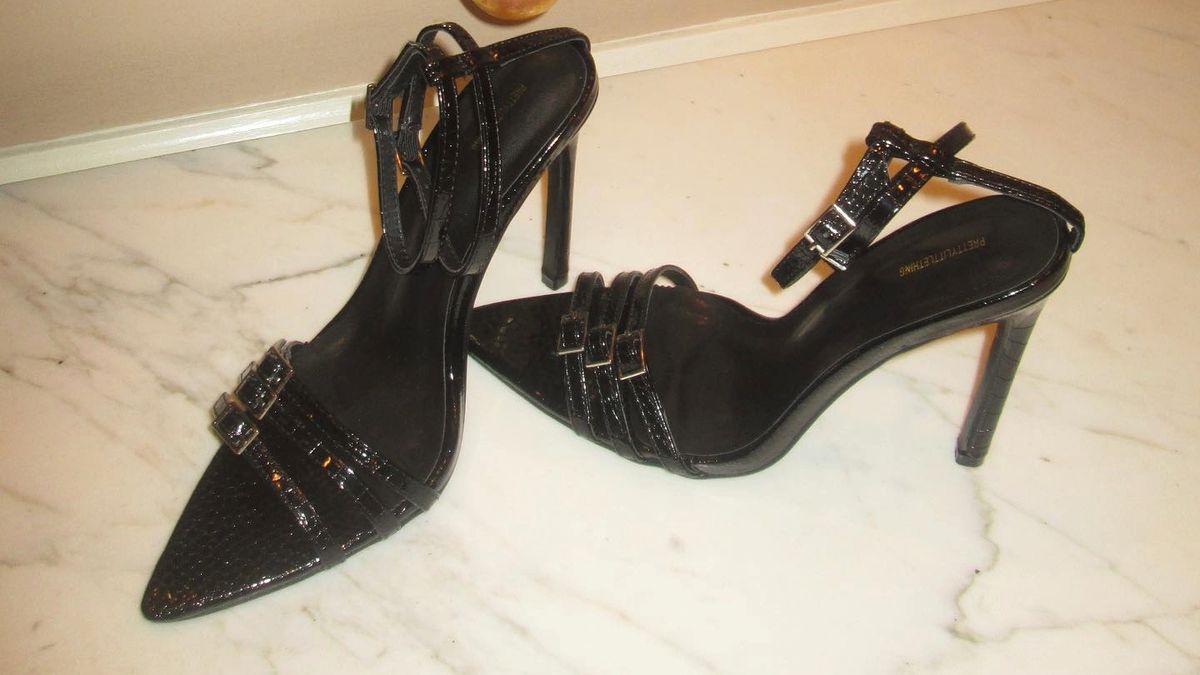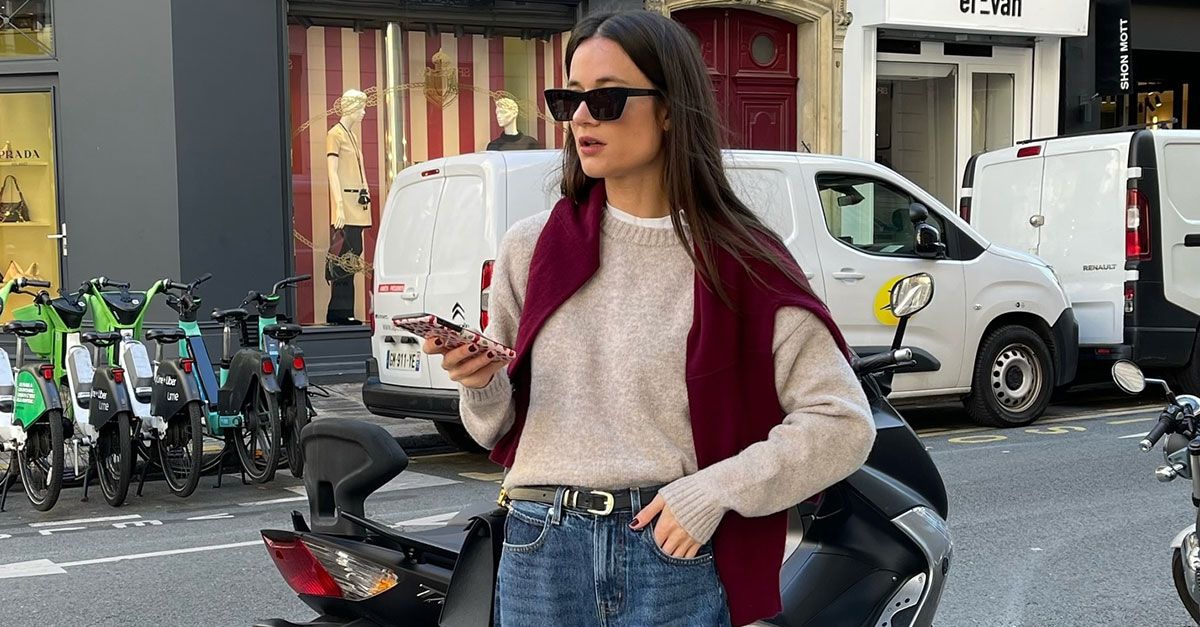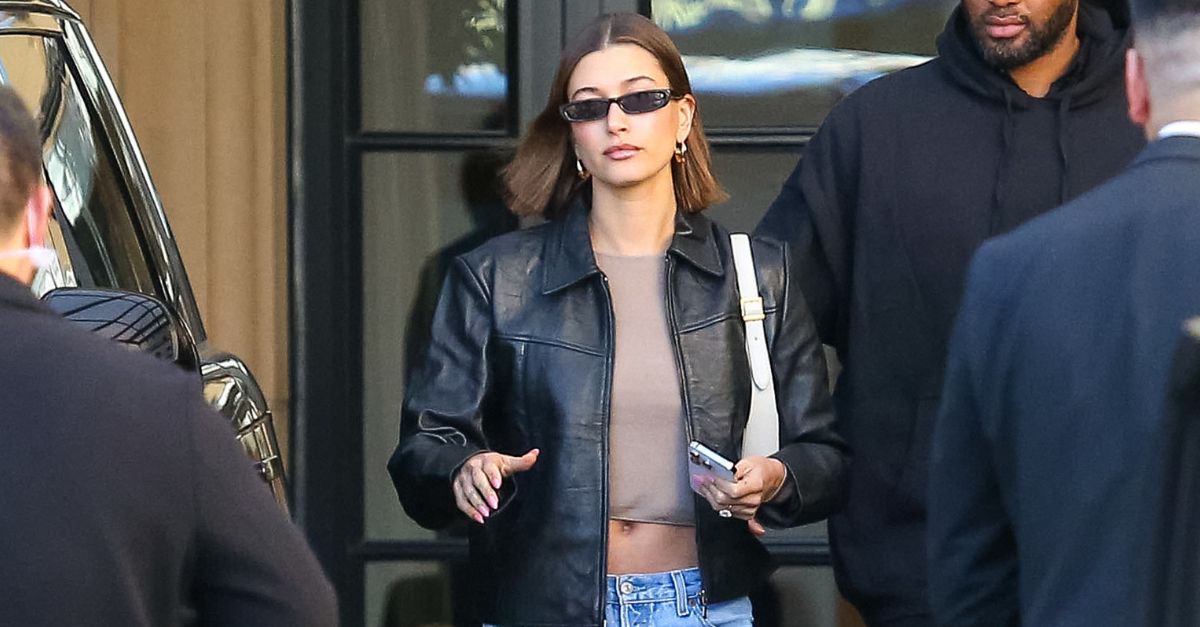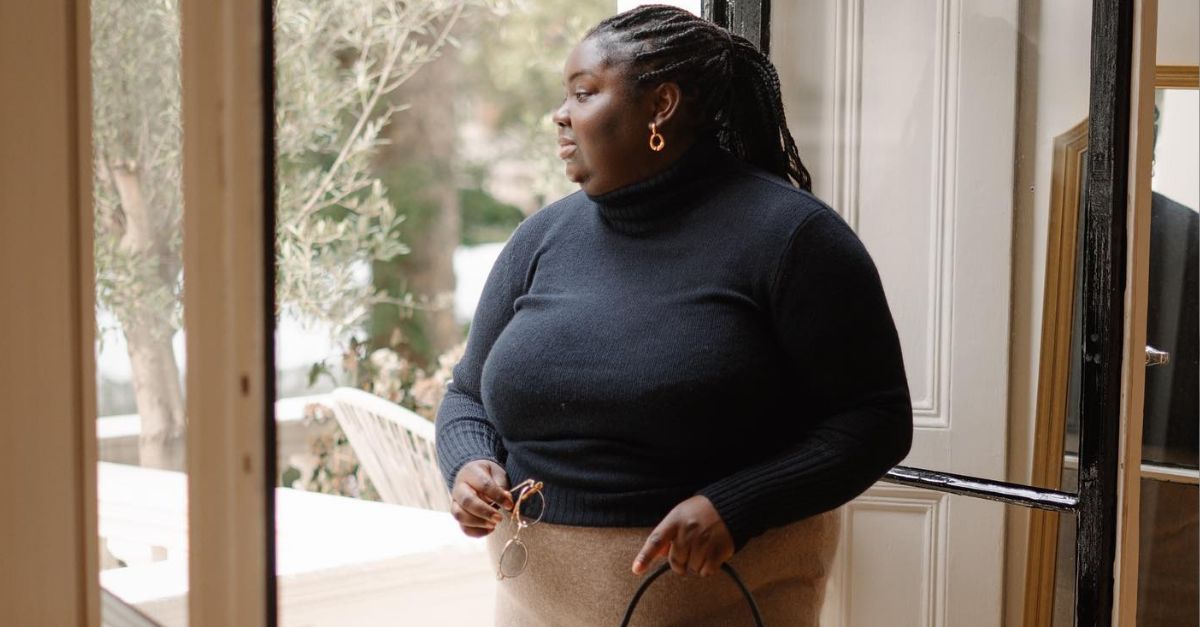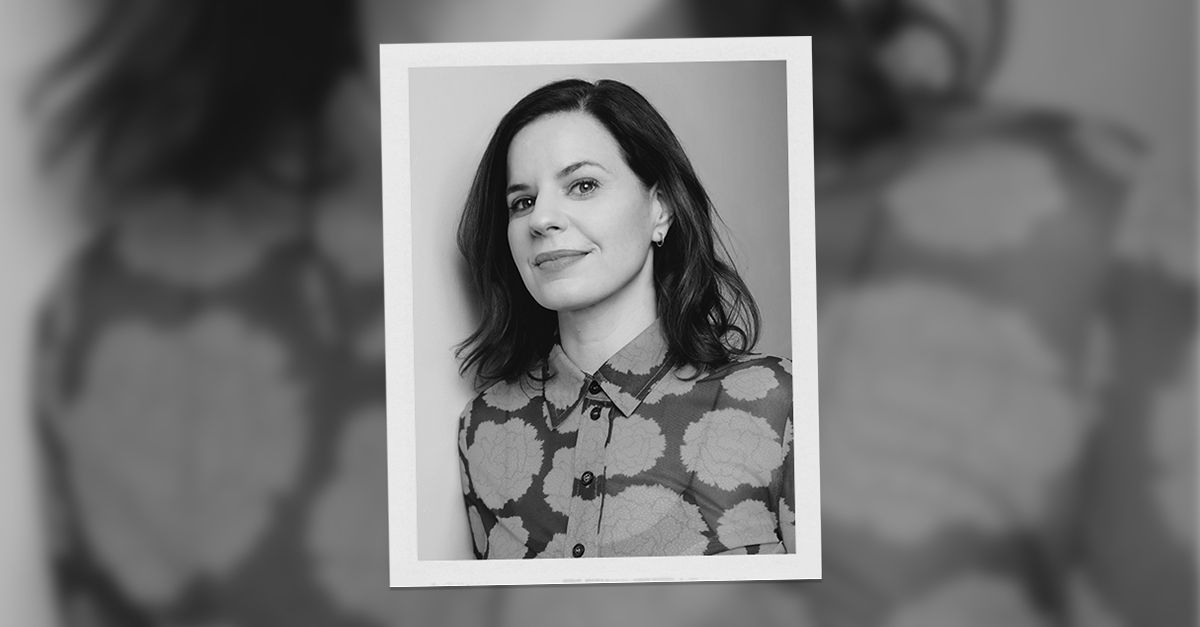But before we get into it, there’s one thing to note: flaws are fine, but it depends which ones. Damage to shoes is more or less expected, especially if the product listing doesn’t describe the item as “new with box” or “never worn”. Some flaws are acceptable—for example, a scuff on real leather (patent leather is a no -no; it’s very difficult to restore) can be fixed if you’re willing to pay. Leather soles are extremely common with designer shoes and often, they need resoling, but this is still more affordable than buying a brand-new pair outright.
You may even come across listings of shoes that have a rubber sole attached to them, and don’t be put off—the seller has saved you the trouble! However, some issues are irreversible or would require a specialist to resolve, such as yellowing on plastic shoes, water damage, stretched-out shoes (if they’re leather, water and a hairdryer may do the trick but can only rectify so much), split soles (this happens frequently with poor-quality plastic moulds) or bubbling or puckering on the surface. Shoes with these flaws aren’t worth it, no matter how good you think the deal is.
Source From: www.whowhatwear.co.uk
Source link


